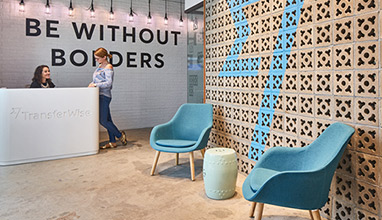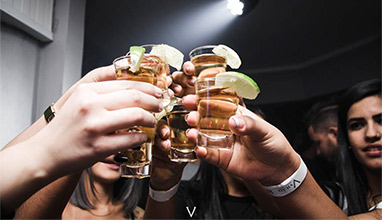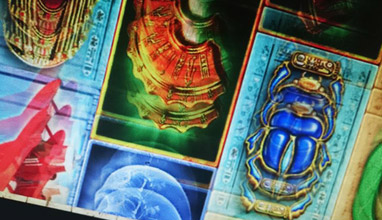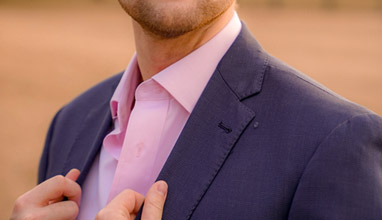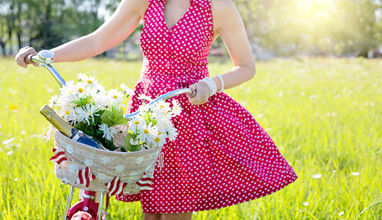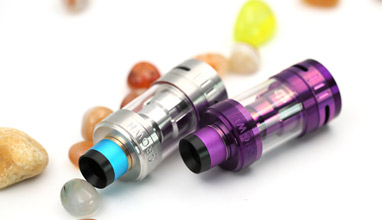Acne – how to get rid of it
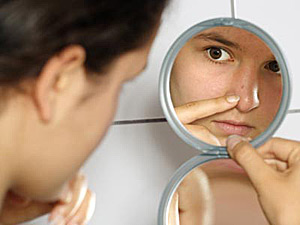 What is acne? What are the different types of acne? Can we eliminate it?
What is acne? What are the different types of acne? Can we eliminate it?
First we have to say that acne is not just a problem for teenagers, it can affect people from ages 10 through 40. Being aware of the early symptoms can be a game changer. Clearawayacne.com can provide you with the information to get you started on this long journey. The quicker you notice the condition, the quicker you can get rid of it and avoid scarring!
Acne vulgaris (commonly called acne) is a common skin condition, caused by changes in skin structures, consisting of a hair follicles and its associated sebaceous gland via androgen stimulation. It is characterized by noninflammatory follicular papules or comedones and by inflammatory papules, pustules, and nodules in its more severe forms. Acne vulgaris affects the areas of skin with the densest population of sebaceous follicles; these areas include the face, the upper part of the chest, and the back. Severe acne is inflammatory, but acne can also manifest in noninflammatory forms. Acne lesions are commonly referred to as pimpels, blemishes, spots, zits or acne.
There are 2 types of acne, NON-INFLAMMATORY and INFLAMMATORY.
NON-INFLAMMATORY acne includes:
Closed comedo, or whitehead - if the plugged follicle stays below the surface of the skin. They usually appear on the skin as small, whitish bumps.
Open comedo, or blackhead - if the plug enlarges and pushes through the surface of the skin. The plug's dark appearance is not due to dirt, but rather to a buildup of melanin (the skin's dark pigment).
INFLAMMATORY ACNE includes different forms – papule, pustule, nodule, acne conglobata.
Acne treatments consist of reducing sebum production, removing dead skin cells, and killing bacteria with topical drugs and oral medications. Treatment choice depends upon the state of acne -mild, moderate, or severe.
Alternative treatments for acne focus on self care: proper cleansing to keep the skin oil-free; eating a well-balanced diet high in fiber, zinc and raw foods; and avoiding alcohol, dairy products, tobacco, caffeine, sugar, processed foods, and foods high in iodine (for example salt).
Treatments are believed to work in at least 4 different ways:
- normalising shedding into the pore to prevent blockage
- killing Propionibacterium acnes
- anti-inflammatory effects
- hormonal manipulation
A combination of treatments can greatly reduce the amount and severity of acne in many cases. You should consult with doctors when deciding which treatments to use, especially when considering using any treatments in combination.
There are a number of treatments that have been proven effective:
Topical antibiotics
Externally applied antibiotics such as erythromycin, clindamycin, stievamycin, or tetracykline kill the bacteria that are harbored in the blocked follicles. While topical use of antibiotics is equally as effective as oral use, this method avoids possible side effects including upset stomach and drug interactions (e.g. it will not affect use of the oral contraceptive pill), but may prove awkward to apply over larger areas than just the face alone.
Oral antibiotics
Oral antibiotics used to treat acne include erythromycin or one of the tetracykline antibiotics (tetracykline, the better absorbed oxytetracykline, or one of the once daily doxycykline, minocykline, or lymecykline).
However, reducing the P. acnes bacteria will not, in itself, do anything to reduce the oil secretion and abnormal cell behaviour that is the initial cause of the blocked follicles. Additionally the antibiotics are becoming less and less useful as resistant P. acnes are becoming more common. Acne will generally reappear quite soon after the end of treatment—days later in the case of topical applications, and weeks later in the case of oral antibiotics. Furthermore side effects of tetracycline antibiotics can include yellowing of the teeth and an imbalance of gut flora, so are only recommended after topical products have been ruled out.
Hormonal treatments
Diane 35 can be used where blood tests show abnormally high levels of androgens, but is effective even when this is not the case. Along with this, treatment with low dose spironolactone can have anti-androgenetic properties, especially in patients with polycystic ovarian syndrome.
But when a pimple is large and/or does not seem to be affected by other treatments, a dermatologist may administer an injection of cortisone directly into it, which will usually reduce redness and inflammation almost immediately. This has the effect of flattening the pimple, thereby making it easier to cover up with makeup, and can also aid in the healing process.
Antibiotics treatments
Antibiotics, as effective bacteria killers, find and attack harmful bacteria that can cause infection, which also works well for preventing acne growth, not to mention the early treatment of growing pimples. In this regard, on of the most commonly-recommended antibiotic against acne is doxycycline.
Doxycycline is originally prescribed to individuals who are suffering from bacterial infections like chlamydia and gonorrhea. But later on, it has become a medication for severe acne. This antibiotic is often associated with tetracycline because of its effectiveness in reducing pimples and inflammatory acne.
Doxycycline is also not recommended to pregnant women because it can pose threat to the health of unborn babies. In the same manner, breastfeeding mothers must also avoid this antibiotic for it affects the baby’s teeth and bone development.
Laser treatment
Laser surgery has been in use for some time to reduce the scars left behind by acne, but research has been done on lasers for prevention of acne formation itself.
The laser is used to produce one of the following effects:
to burn away the follicle sac from which the hair grows
to burn away the sebaceous gland which produces the oil
to induce formation of oxygen in the bacteria, killing them
Since lasers and intense pulsed light sources cause thermal damage to the skin, there are concerns that laser or intense pulsed light treatments for acne will induce hyperpigmented macules (spots) or cause long-term dryness of the skin.
Photodynamic therapy
In addition, basic science and clinical work by dermatologists Yoram Harth and Alan Shalita and others has produced evidence that intense blue/violet light (405-425 nanometer) can decrease the number of inflammatory acne lesion by 60-70% in 4 weeks of therapy, particularly when the P. acnes is pretreated with delta-aminolevulinic acid (ALA), which increases the production of porphyrins. However this photodynamic therapy is controversial and apparently not published in a peer reviewed journal. A phase II trial, while it showed improvement occurred, failed to show improved response compared to the blue/violet light alone.
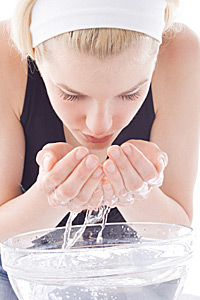 At least you have to remember that acne is not a problem for teenagers and no one knows what causes acne. Hormone changes, such as those during the teenage years and pregnancy, probably play a role. There are many myths about what causes acne. Chocolate and greasy foods are often blamed, but there is little evidence that foods have much effect on acne in most people. Another common myth is that dirty skin causes acne; however, blackheads and pimples are not caused by dirt. Stress doesn't cause acne, but stress can make it worse.
At least you have to remember that acne is not a problem for teenagers and no one knows what causes acne. Hormone changes, such as those during the teenage years and pregnancy, probably play a role. There are many myths about what causes acne. Chocolate and greasy foods are often blamed, but there is little evidence that foods have much effect on acne in most people. Another common myth is that dirty skin causes acne; however, blackheads and pimples are not caused by dirt. Stress doesn't cause acne, but stress can make it worse.
The right time to treat it is when it bothers you. This can be when severe acne flares suddenly, mild acne that just won't go away, or even when a single pimple decides to show up the week before your prom or wedding. The decision is yours.
And remember!
If you have acne, observe the rules:
Clean your skin gently
Try not to touch your skin
Avoid the sun
If you have scars from acne they can be dramatically reduced by Micro-Dermabrasion
Resources: www.acne.com, en.wikipedia.org
The text is available under the terms of the GNU Free Documentation License
Hits: 45452 | Leave a comment


